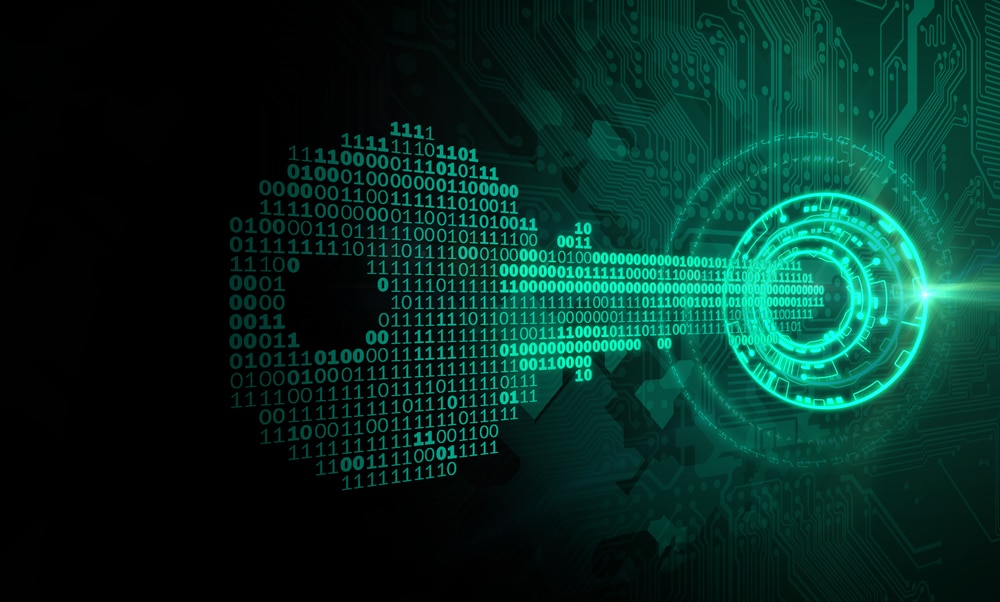Exclusive: Time to set the cybersecurity agenda


James Thorpe
Share this content
The importance of strong cybersecurity measures and the prevalence of cybersecurity attacks has been at the forefront of international news in recent months – with the recipients of attacks being dubbed as victims of the “Cyber-Pandemic”. Attacks such as the JBS, Colonial Pipeline and Solar Winds incidents, to name just a few, have shone a light on the dangers of such invasions and their far-reaching consequences.
With the pandemic vastly accelerating an already increasing trend towards digitisation across businesses, cybersecurity has never been more important and is rising higher up the business agenda. President Joe Biden’s meeting in August with some of the top tech companies demonstrated this; securing commitments from the likes of Apple, Google and Amazon to help improve US cybersecurity. These commitments included Google announcing US$10 billion investment into expanding zero-trust programs, to help secure the software supply chain and enhance open-source security. Additionally, Microsoft announced it will invest US$20 billion over the next five years to accelerate efforts to integrate cybersecurity by design and deliver advanced security solutions.
These commitments aside, for the everyday business and cybersecurity professional, it is crucial to go back to basics when it comes to cybersecurity implementation and ultimately success.
Collaboration is key
A report by Accenture found that increasingly, high profile cyber threat groups have been collaborating together in “secure syndicates” to co-ordinate targeted intrusions via the shared use of tools. The way these criminals work together in the underground economy is evolving – this has certainly been going on for years, but these progressively closer relationships mean that cyber-attacks pose an even greater threat than before. In order to counteract this and protect organisations, cybersecurity professionals should do the same and ensure that collaboration is occurring on the other side. Alliances can come in many forms, whether that be through working closely with your customers and clients to ensure that the provided solutions are tailor made and appropriate to their needs or engaging in a constant stream of feedback and revision.
It’s also fundamental to collaborate within the wider system, with other providers and vendors. Ultimately, we have the same end goal of achieving security and data protection for all. In particular, the CISO community is relatively small globally and as a result, we are well placed to build strong relationships and share our knowledge of threats amongst us, securely. The US recently flagged that the National Institute of Standards and Technology will work with major tech and insurance companies to create a new framework to improve cybersecurity and secure technology – this is an essential step in formalising the collaborative approach and most professionals would advocate for this kind of framework to be developed across the globe, if not already in place. There is still much more to be done in terms of researching, reporting and analysing cyber criminals and threats, plus the concurrent impact of such incidents and this is where collaboration across all players in the ecosystem will be key.
Proactive not reactive
Historically, the general approach to cybersecurity has been reactive, in the case of dealing with a threat when it arises, rather than proactively taking steps to prevent and avoid such attacks in the first place. The scale and technical complexity of recent high-profile attacks have highlighted that as these threats evolve, it will no longer be enough to be reactive or on standby. When designing systems or technology platforms for businesses and organisations, security measures should be built in structurally from scratch, whether that be by restricting access to critical and sensitive data or employing the ability to consistently monitor user activity and behaviour. These protocols and systems don’t need to be intrusive, but they do need to be there. Companies looking to overhaul their systems or make improvements should take time to evaluate and assess their current measures and importantly, prioritise investment in this space. It’s not always the cheapest, but it will pay dividends in the long run.
The human firewall
Although tech is becoming increasingly dominant, the human workforce is still fundamental to the workings and offerings of many organisations who are at risk from cyber-attacks. Therefore, investment in cyber training and awareness for your workforce should be an integral part of any education programme and approach to security implementation. Indeed, Amazon recently announced its commitment to making its cybersecurity training materials for its employees available to the public, which is an example of a progressive step in creating awareness and understanding of this ever-present risk. Without discounting the excellent work and services we provide; humans do not have the same kind of facilities to detect threats in the way modern technology has been designed to do and therefore teaching vigilance and cyber hygiene is of utmost importance.
Whilst cybercrime is likely to be a constant concern for security professionals, ensuring collaboration, proactivity and investment in training places a company in a far better position to defend against it.

By Tim Grieveson, CISO – AVEVA



